When one thinks of 18th century terraced houses in the south-west one’s thoughts turn naturally to those in Bath. The most fashionable terrace of all was built on the Circus to make holidaying aristocrats feel that they were living in a palatial country house (see photo 1).
The concept of the terrace, or complete row of individual homes, was to make the whole more impressive and harmonious than the sum of the individual parts comprised in the development. The form was also adopted to make the best possible use of building land and to fulfil the requirements of the building regulations introduced after the Great Fire of London to limit the spread of house fires (which prior to the 18th century had previously struck Dorchester on at least three occasions).
Often, in Bath, London and elsewhere the developer designed and built the façade of the houses to ensure that the row or square respected their overall design and left the client to instruct their own builder or architect to complete the back and interior of their house as they pleased. Consequently, the rear facades making up a row often reveals a surprising lack of regularity even where there have been no subsequent alterations.
The only Georgian terrace in central Dorchester, Greenhill Cottages, is a fairly modest affair of five two-storey dwellings with attics, featuring rendered walls and hipped tiled roofs. Nevertheless, it is a very attractive feature of Fordington Green (see photo 2).
At the very beginning of Queen Victoria’s reign (1837-1901) two terraces were constructed in Dorchester: Alexandra Terrace in 1840, which is comprised of eight homes (see photo 3); and Salisbury Terrace, off Fordington Fields, in 1848 involving seven homes (see photo 4).
Alexandra Terrace’s plain rendered facade harks back to Regency designs and, apart from the rounded form to the tops of the windows, is difficult to distinguish from earlier examples in London or Bath. Salisbury Terrace is built in brick and represents a radical departure from its Regency predecessors in that the windows are rounded or arched, and the window openings are outlined by painted stone surrounds. On the corners and angles a contrasting colour of brick is alternated with the brick used throughout on the facades. The use of different coloured bricks to make geometric patterns on facades developed and became ever more popular as the 19th century progressed.
A great number of workmen’s cottages were constructed in terraces in Dorchester and Fordington from the 1850s onwards, both to replace slums demolished in Fordington and to house workers attracted to new industries such as textile mills (unfortunately short lived because of competition from the north), foundries, producers of agricultural machinery, breweries and the railways. Building in terraces not only ensured tidy attractive facades but also saved on building costs. A very good example is Victoria Buildings which faces Salisbury Fields (see photo 5). It contains nine modest homes and was built, of brown brick with red brick detailing, in the last ten years of the 19th century. It was back-to-back with a similar row facing onto the raised pavement on Fordington Hill.
A second example with similar brickwork, but with the addition of bow windows, is the terrace facing the railway line on the eastern end of Monmouth Road (see photo 6). This row, appropriately called Railway Terrace was built at the very end of the 19th century by the Pope brewing family, and comprises some thirty artisan’s dwellings, split into two blocks, and originally culminated on its western end with a bakery (called ‘Bishops Bakery’ in the 1970s). It was subsequently transformed into a public house, the Baker’s Arms.
There are two examples of early 20th century terraces either side of the Bridport Road and further terraces in Wollaston Road and the eastern end of Durngate Street.
The fashion for terraces died out after the last war but for the past twenty five years it has been marking a revival and has been used successfully in the Duchy’s development in Poundbury to create attractive rows and squares. But that is a story for another day!
Ian Gosling

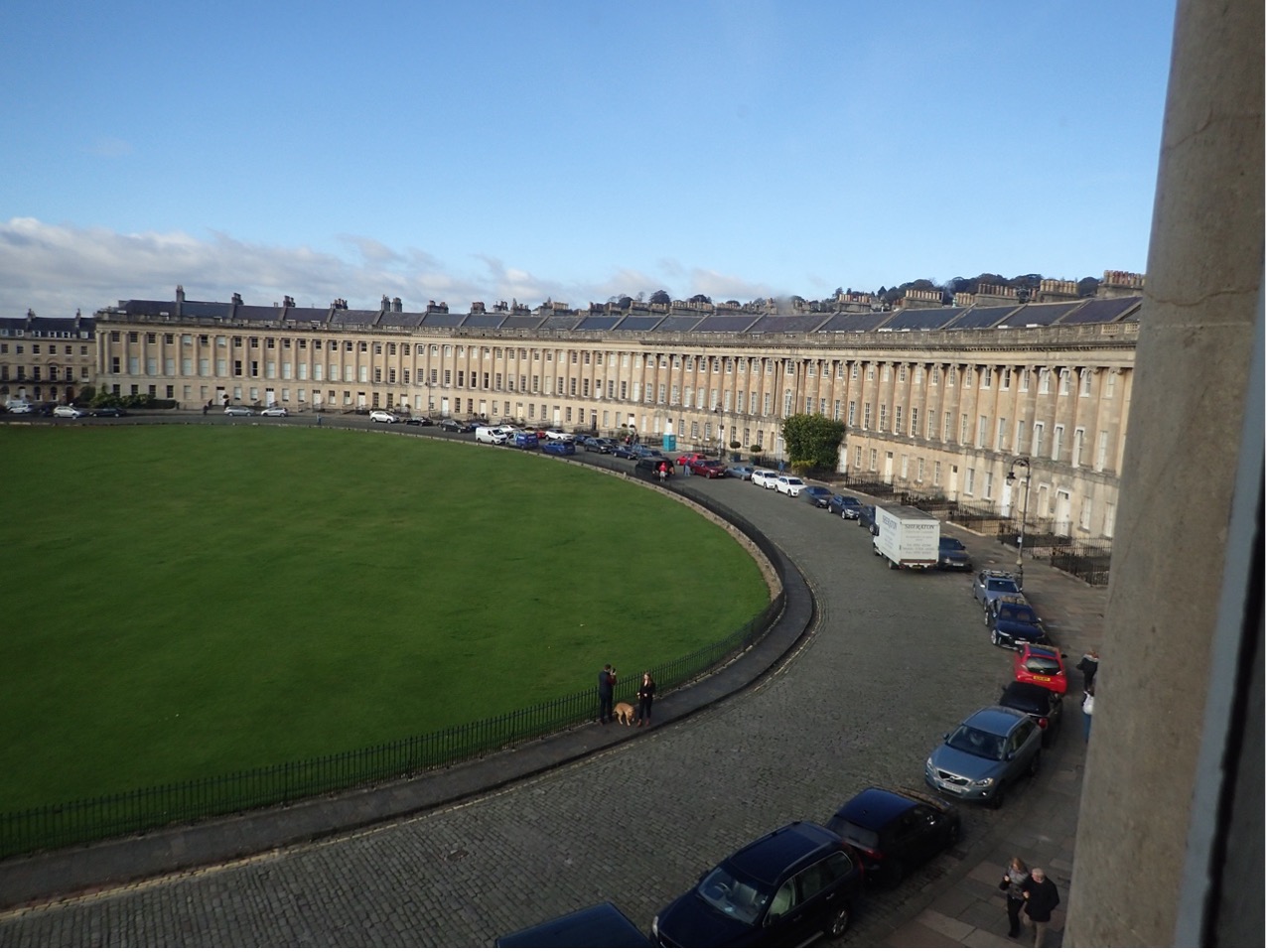
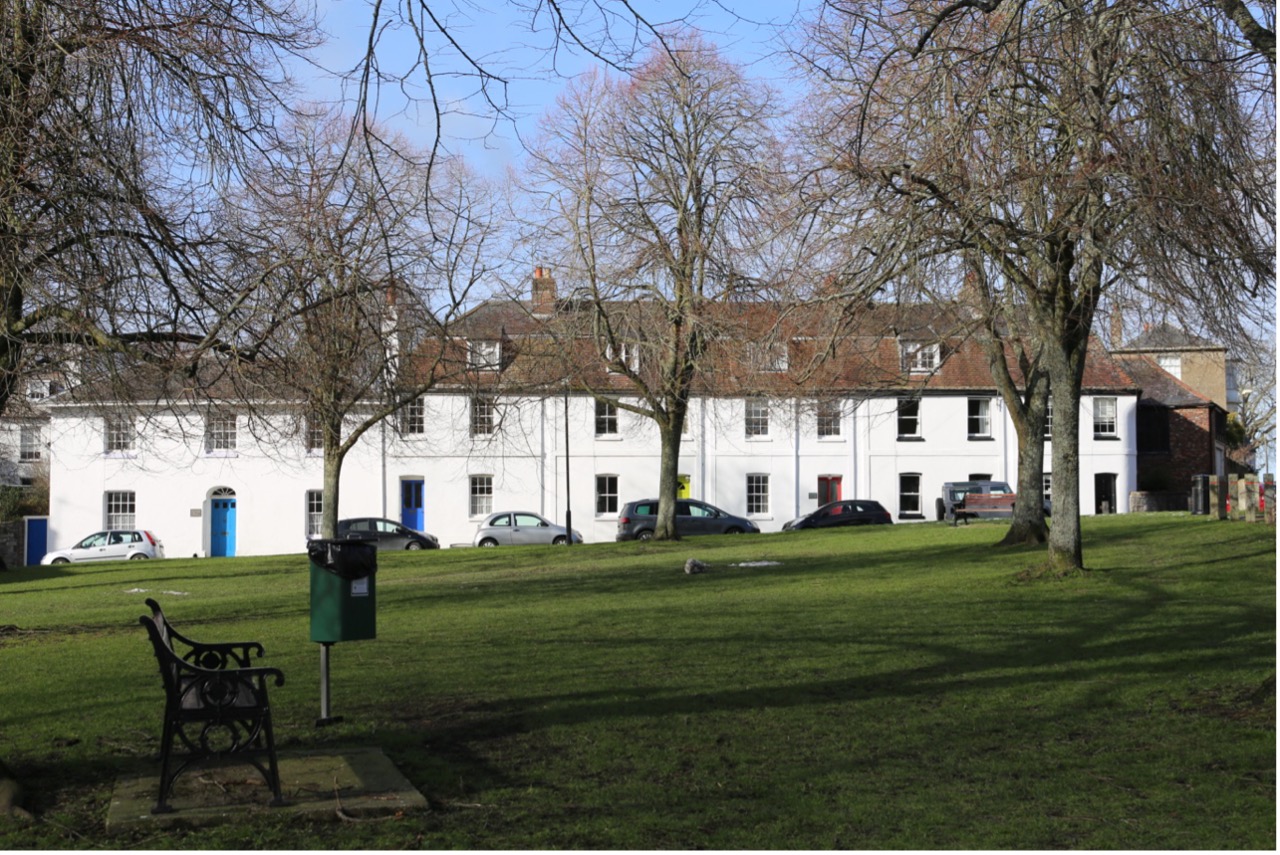
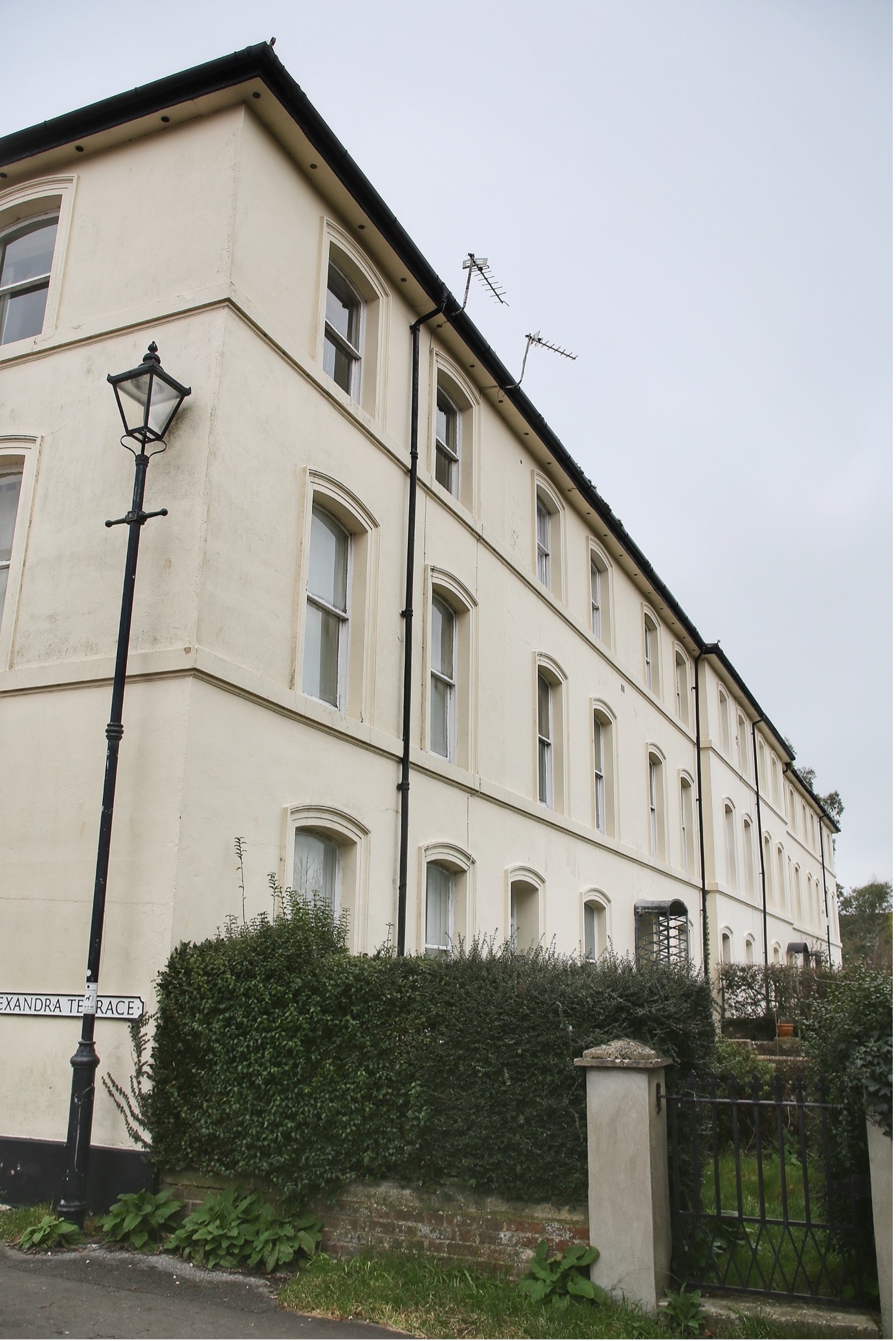
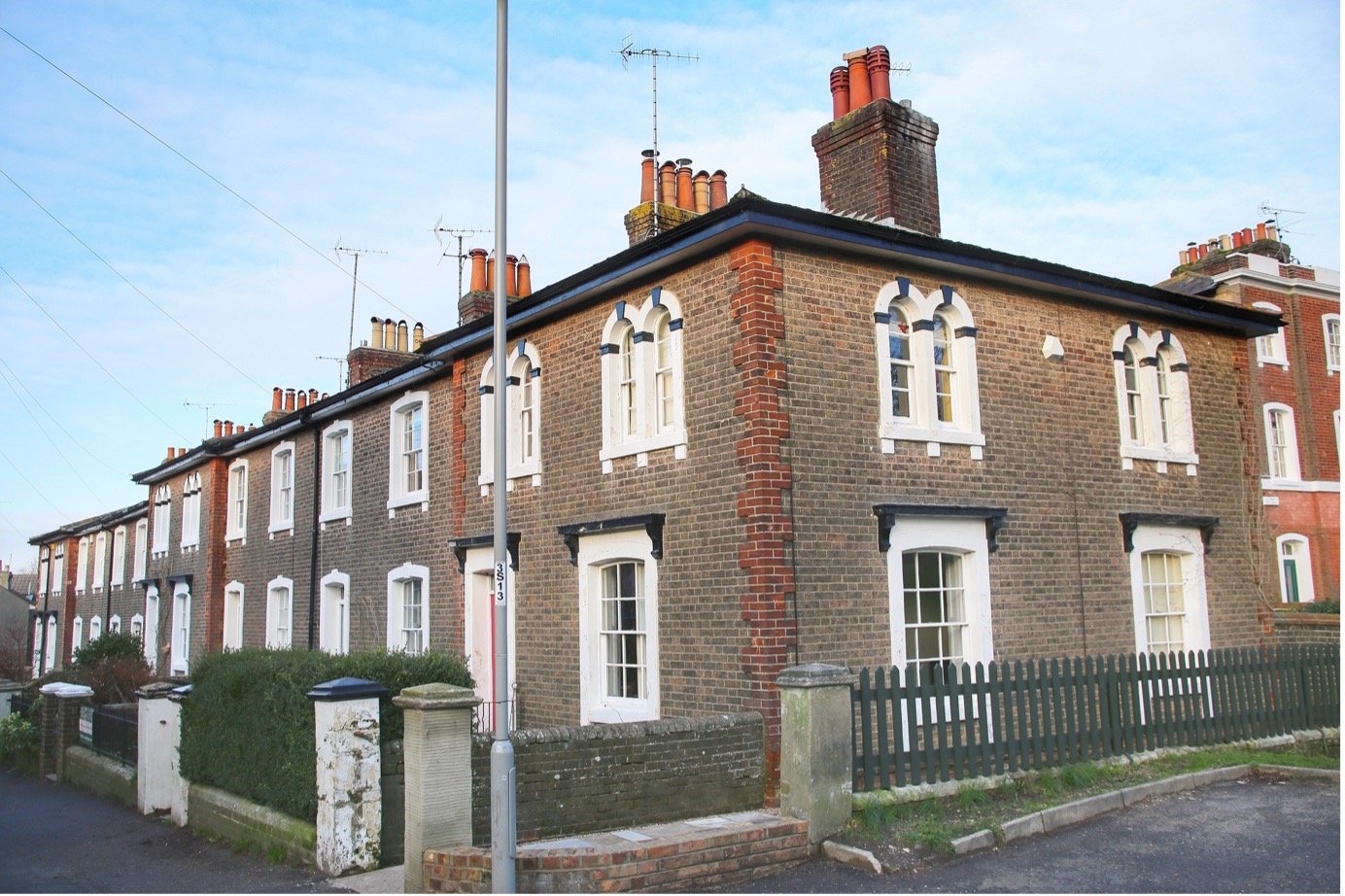
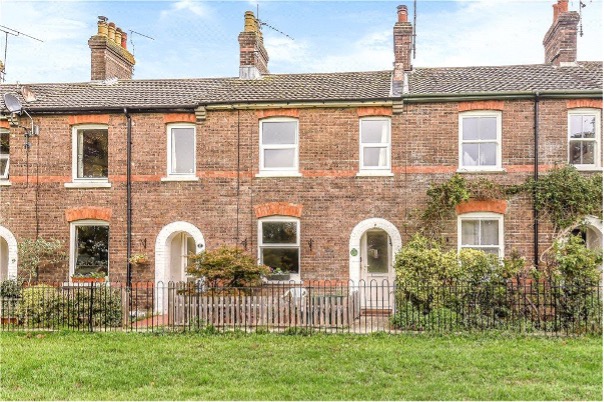
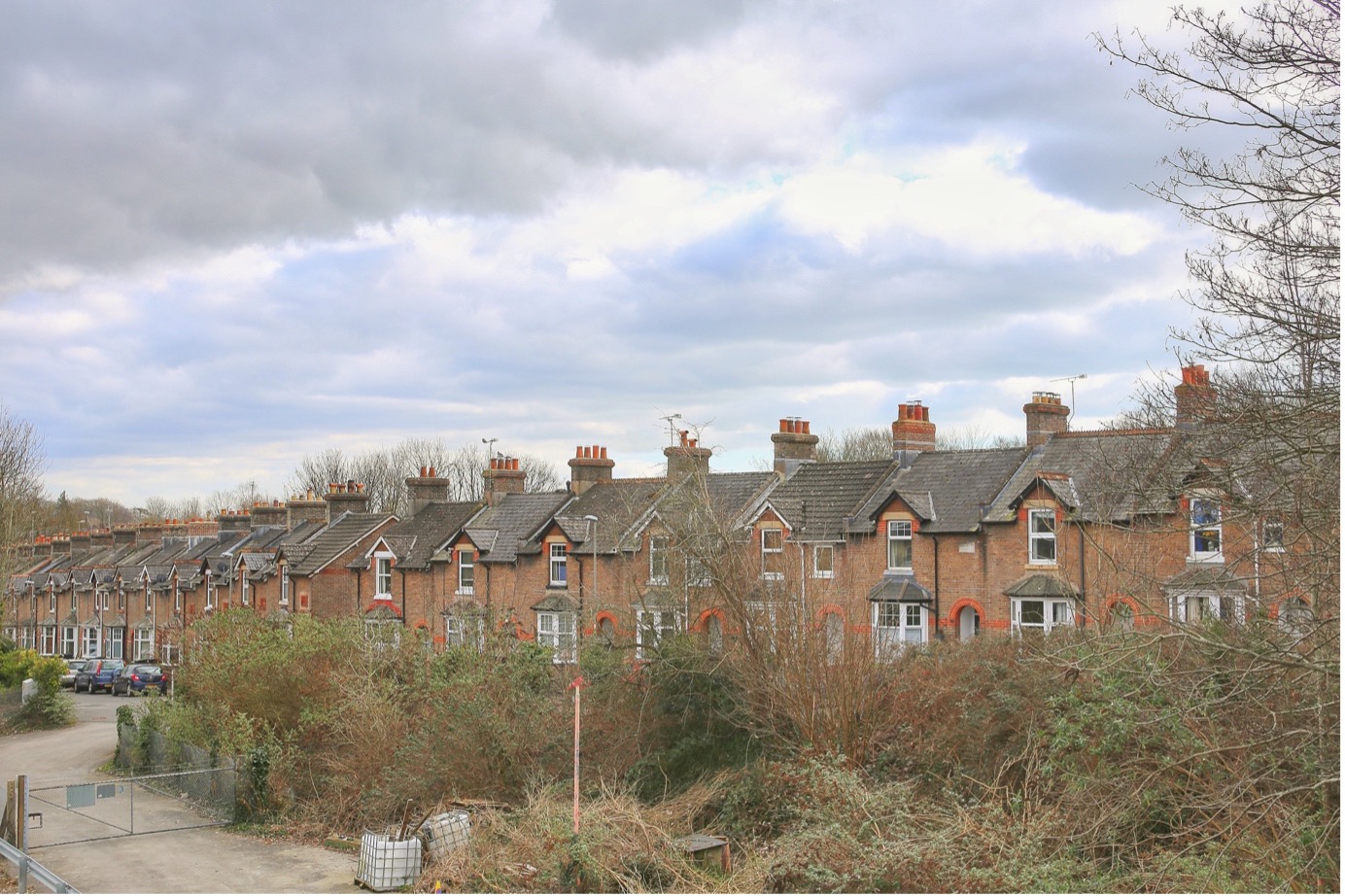
Recent Comments